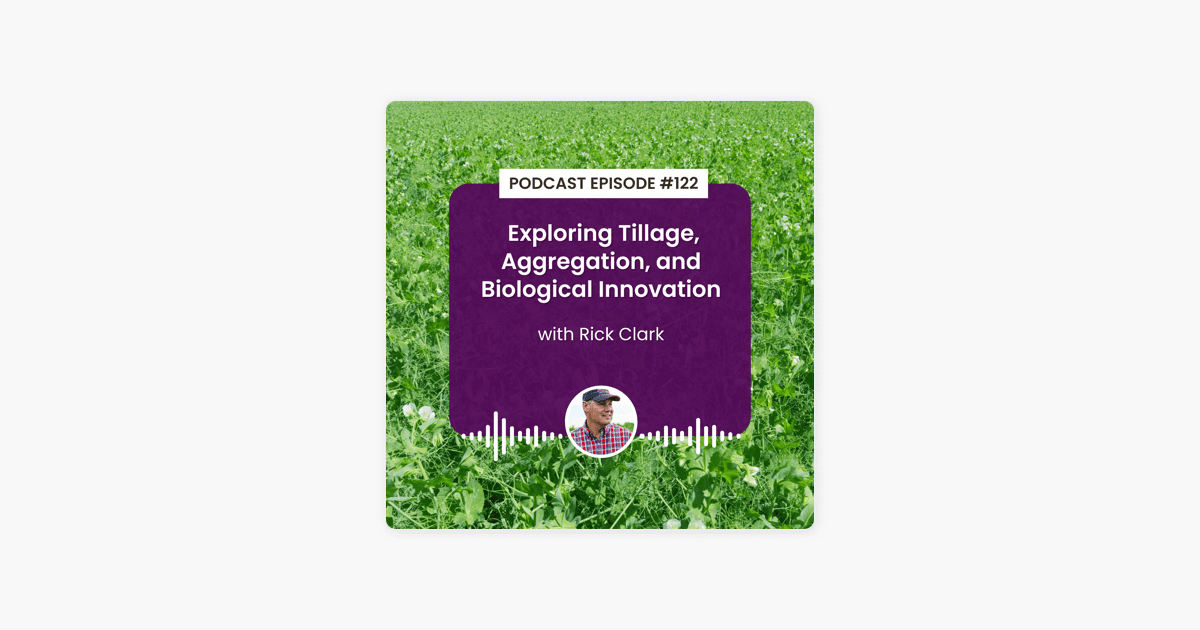

Grazing Management
A group to explore & discuss a range of approaches to grazing management and the impact of the... View more
Do Annual Cover Crop Mixes Have a Place in Grazing Programs
-
Do Annual Cover Crop Mixes Have a Place in Grazing Programs
We’re at that time of year where many farmers are thinking about seeding pastures.
One of the hot topics lately has been around the use of multi species cover crops in grazing operations.
The issue is that many of the species used in cover crop mixes are not very graze tolerant and they must be allowed to reach the latter stages of maturity if we are to get good soil building value out of them. As such, annual cover crop mixes generally don’t provide much feed over the green season and may not be viable for such purposes?
One practice that could be worth considering is growing an annual multispecies cover crop and not grazing it until spring/summer. Shock Horror! Why would we do such a thing?
Letting plants grow without grazing during the growing season – here are some points to consider:
- it enables the development of extensive root systems and building of soil at depth
- it gives desirable species adequate time to establish and set seed
- it provides us with a cheap source of non-growing season forage and seed, especially legume species (may need to supplement protein to meet minimum requirements)
- it also gives the associated biology on and around plants a chance to reproduce and go into dormancy
- it creates lots of biomass which provides protective cover, habitat and food for a diversity of life, above and below ground over the hot, dry season
- this lignified biomass is good fungal food and even the manure from animals eating such food has higher fungal populations
- it gives us a source of fiber at the beginning of the growing season when new growth is low in fiber and high in sugar and protein
- paddocks that were stockpiled the previous growing season get away to the best start the following growing season
Definitely food for thought.
Of course, this must be done in conjunction with a green season grazing program that provides most of your feed over autumn and winter. In these areas we ideally want to establish plant species that can be grazed several times during the wetter months and may also be used for making hay/silage, if required.
In spring, you can move the livestock off the green season grazing areas and onto the multispecies cover crop mix areas, enabling the green season grazing areas to also set seed.
The idea is that each year you rotate these areas each year, until you have good soil, diversity and a strong seed bank over the whole farm.
Log in to reply.



